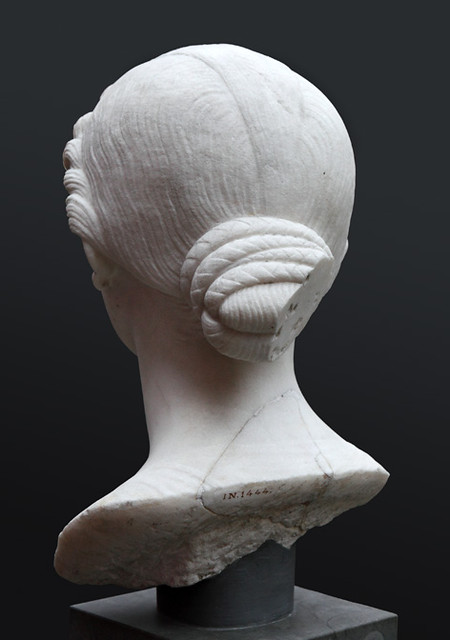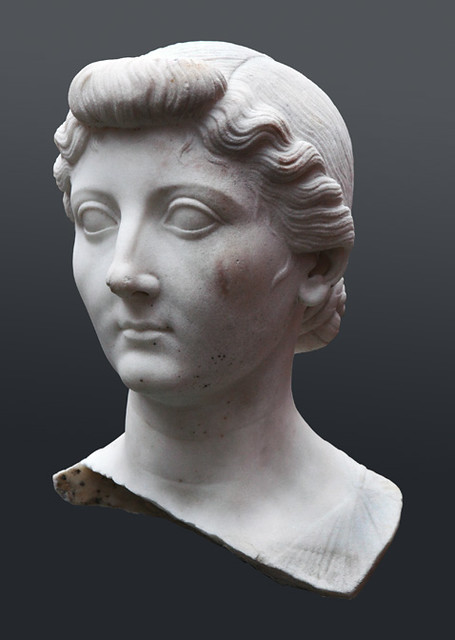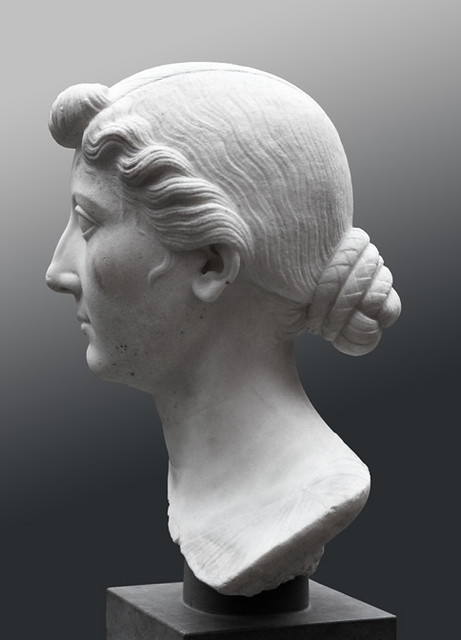Livia is one of those characters I just can’t bring myself to like for reasons difficult to pin down, perhaps owing to her portrayal as meddlesome kingmaker in ancient literature and modern television series, and partly because of a personal aversion to the hairstyle she popularised (the odious ‘nodus’). But those are my issues (mea culpa), and actually she’s a pretty fascinating character whose visibility and influence over a long life cannot be overstated.



Livia Drusilla was born to a patrician family in metropolitan Rome during the heady days of Julius Caesar’s machinations and married off early. She had one young son and was heavily pregnant with a second when she encountered young Octavian, who arranged for his and her divorces and married her in short order. She played a prominent role in his construction of the new imperial identity during their fifty-two year marriage (although detractors pin some suspiciously timed deaths of his heirs on her) and as dowager empress after Augustus’ death allegedly continued to hold court and meddle in the affairs of state.
This portrait in Copenhagen is my favourite, heavily idealised, but with distinct physiognomic features that defined most of her surviving portraits. The exceptional quality of carving shines through with the rendering of the filmy stola on one shoulder and the intricacy of her gathered, braided and coiled hair (the odious nodus at its best). Her broad forehead, large eyes, and pert little mouth (which has always struck me as somewhat birdlike) were taken up in the portraiture of her progeny: son (Tiberius), grandson (Claudius), and great-grandson (Caligula).
Love or hate Livia, I think we can all agree: she was one heck of a broad!



